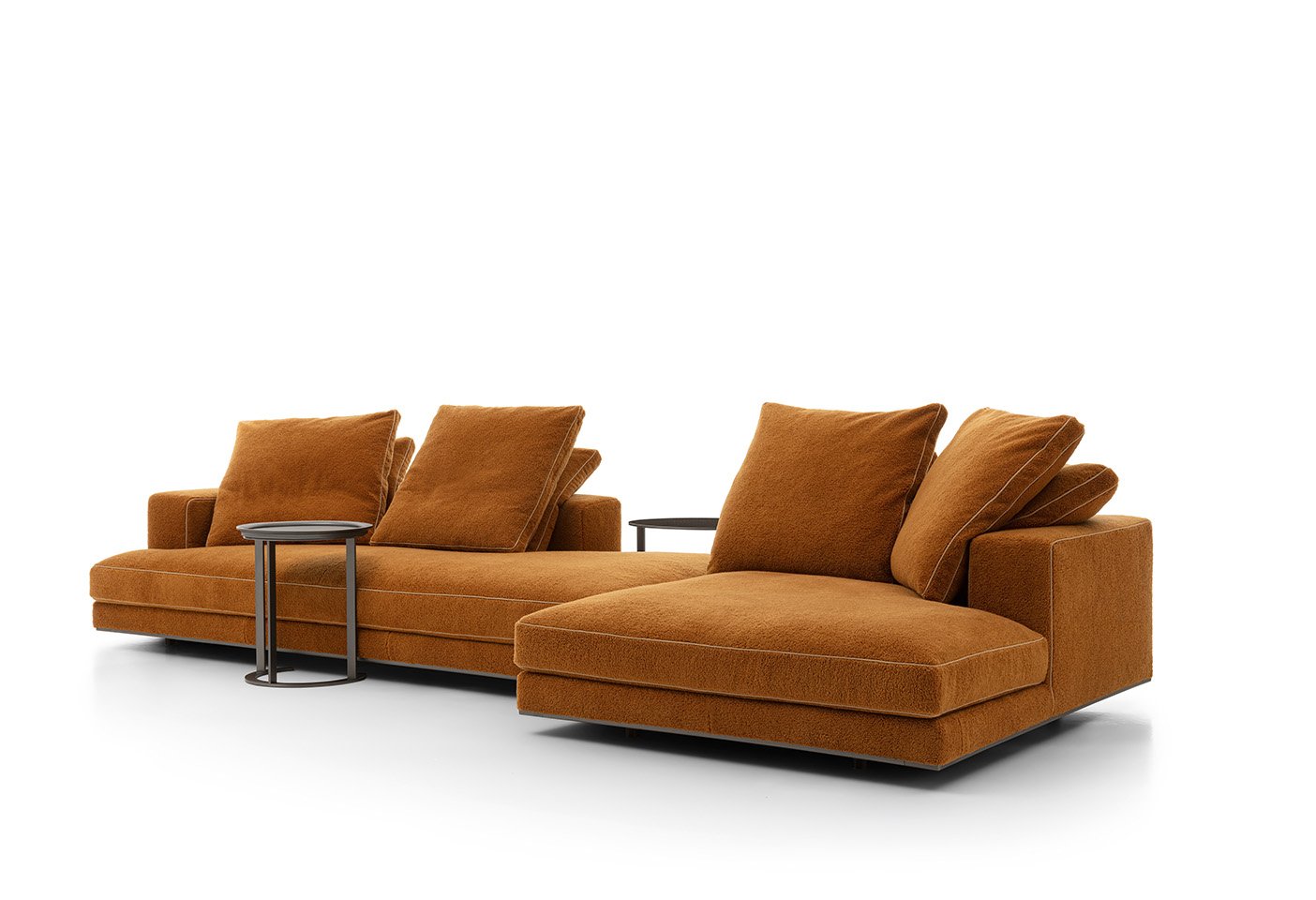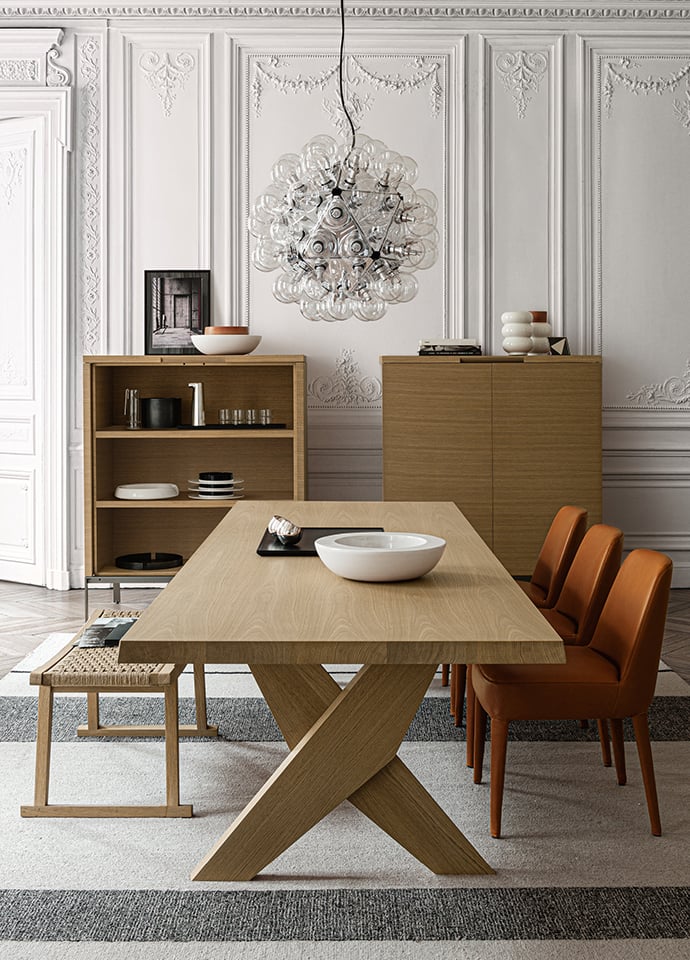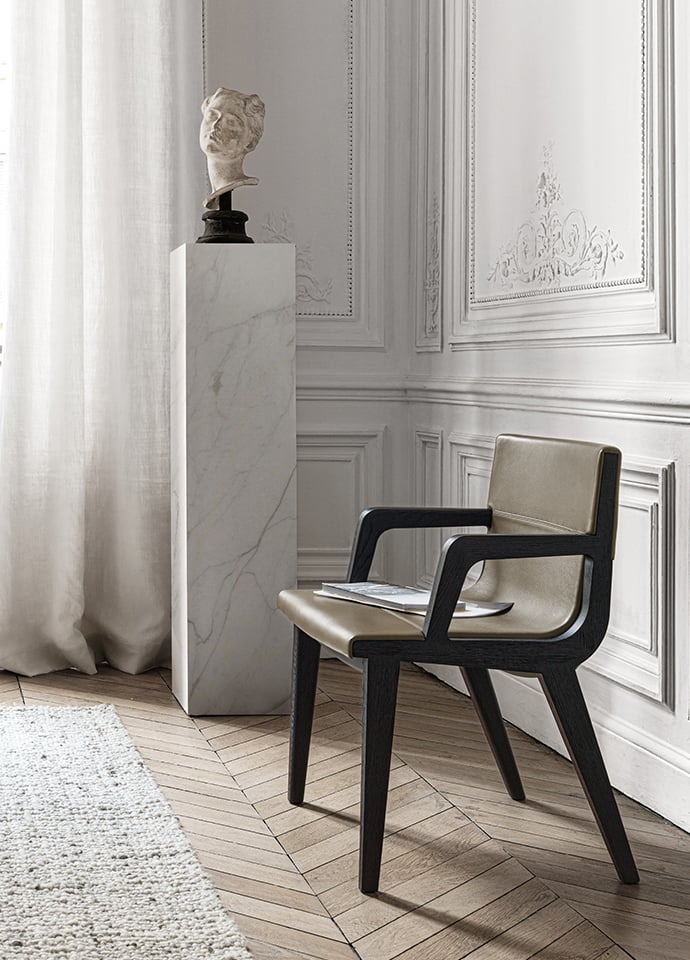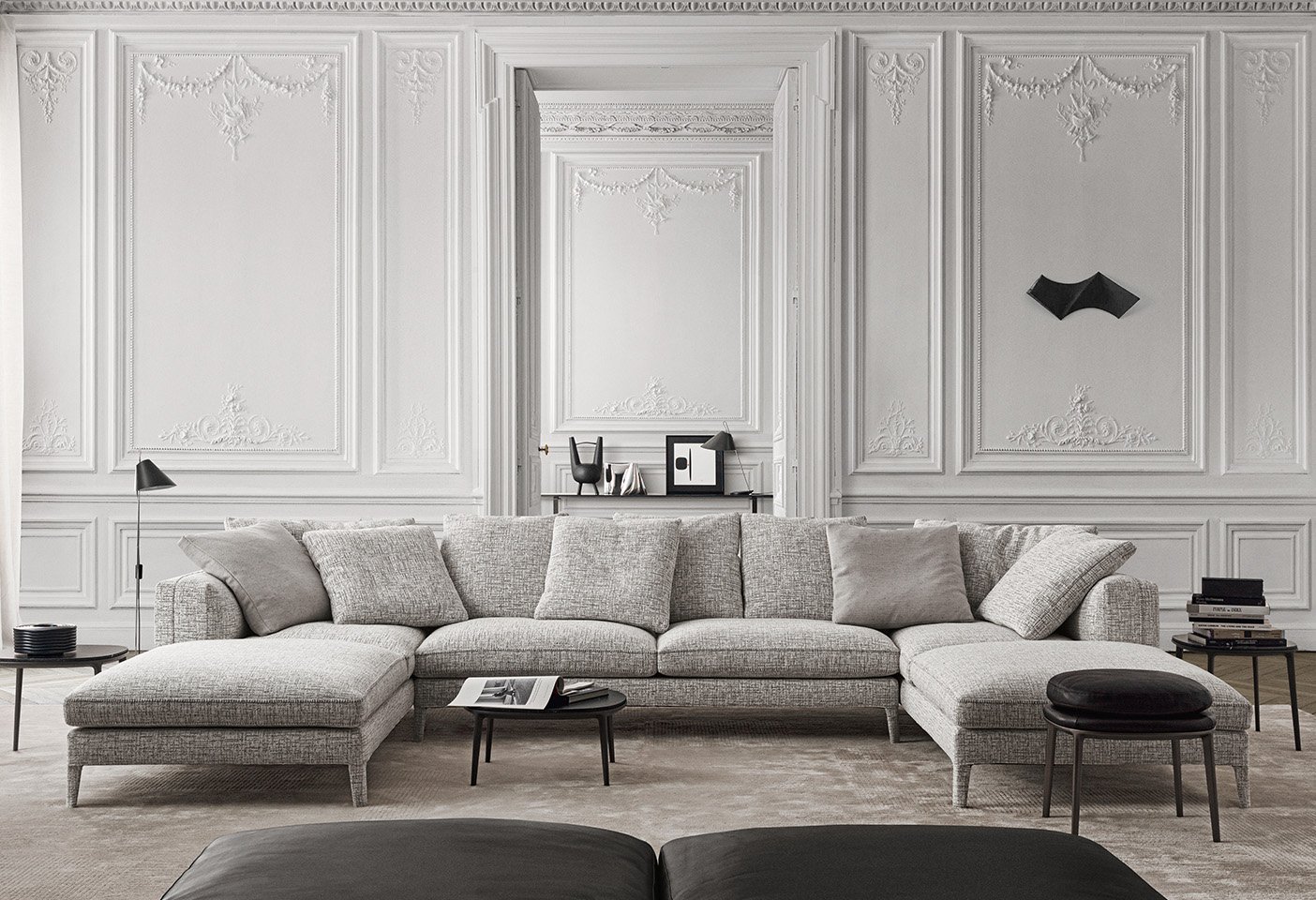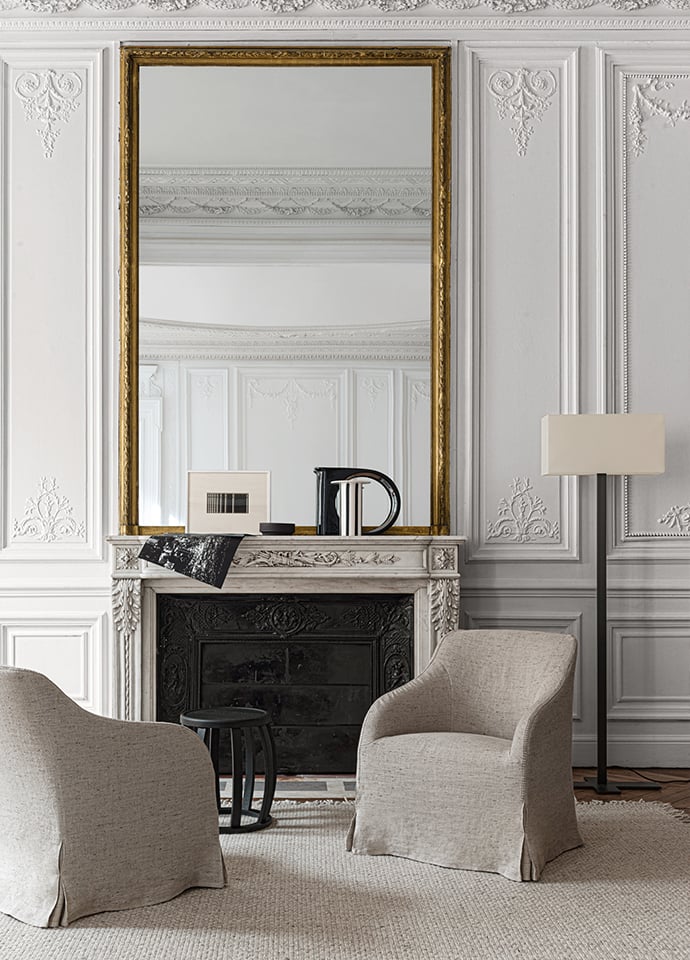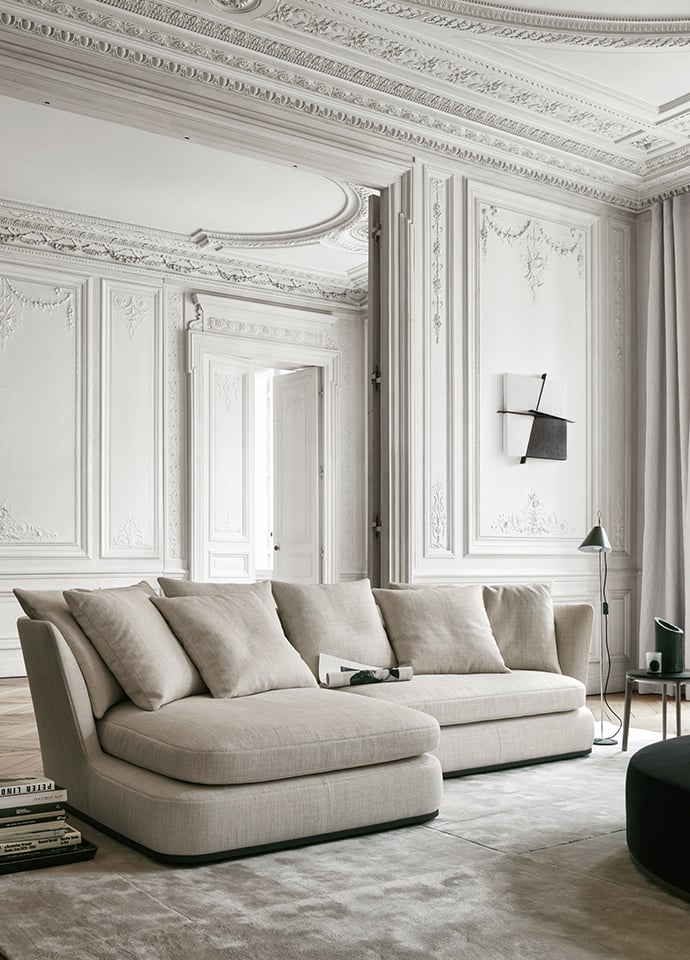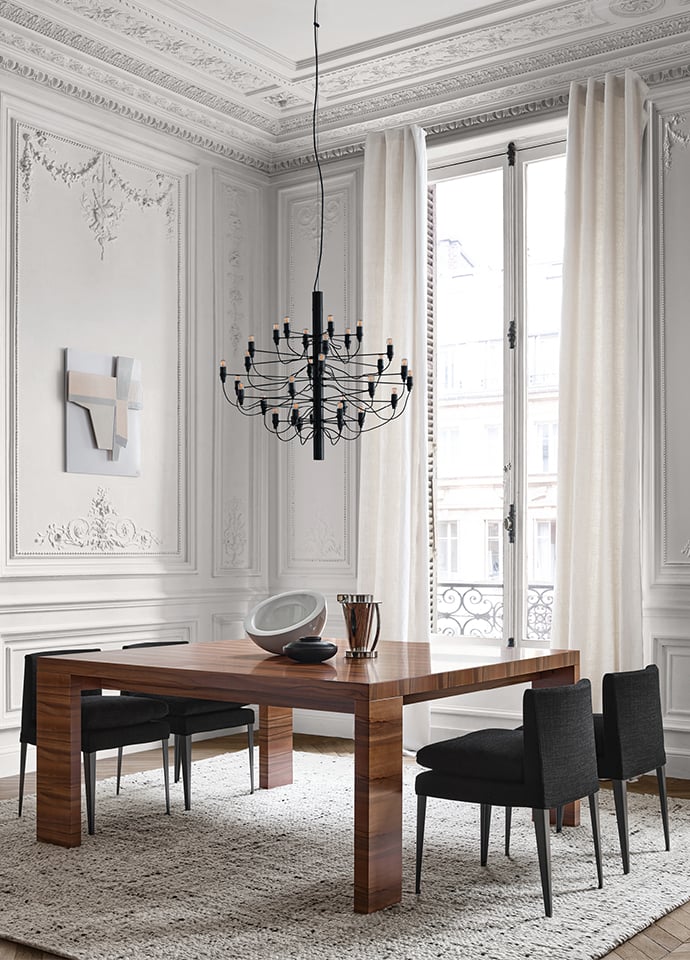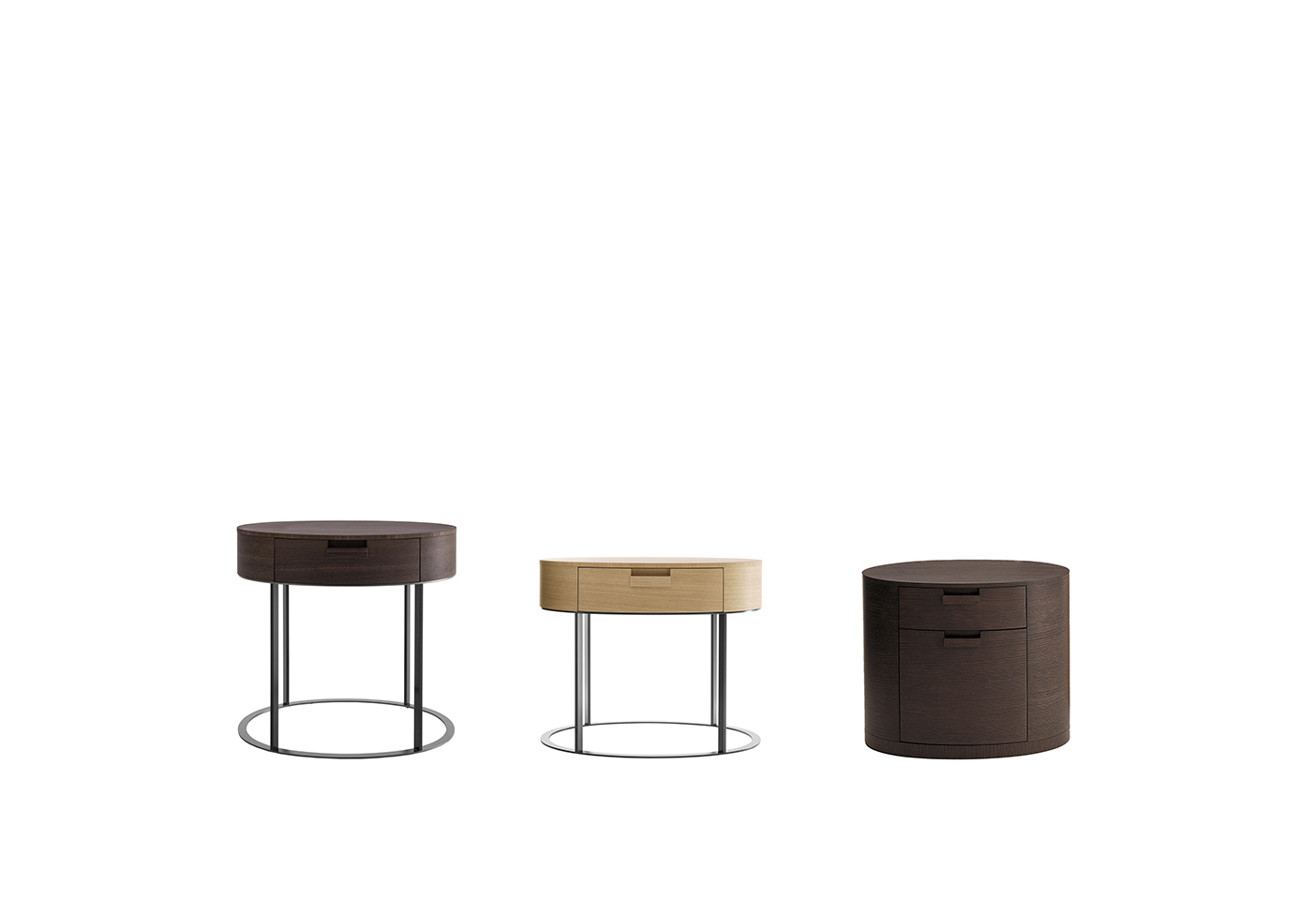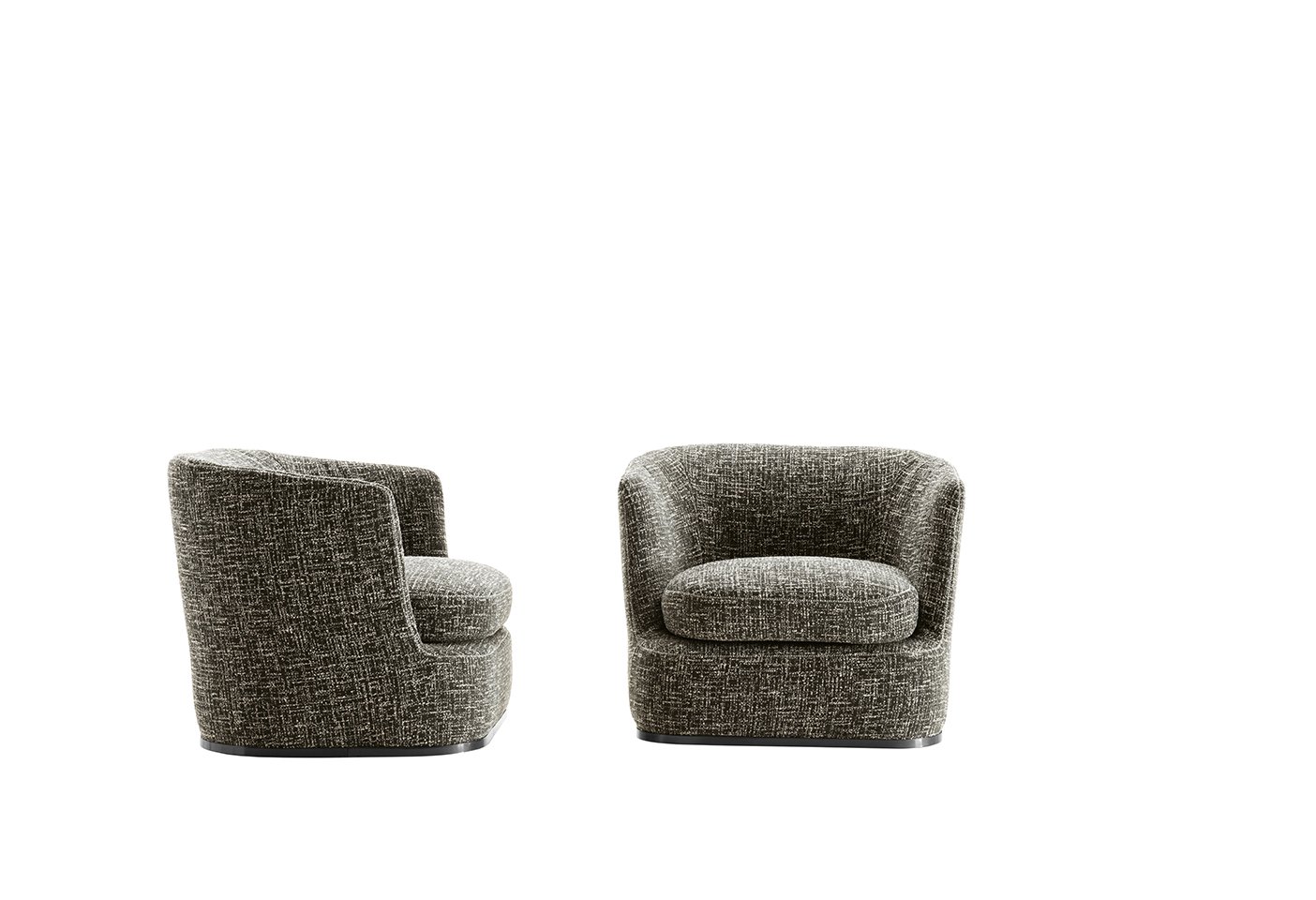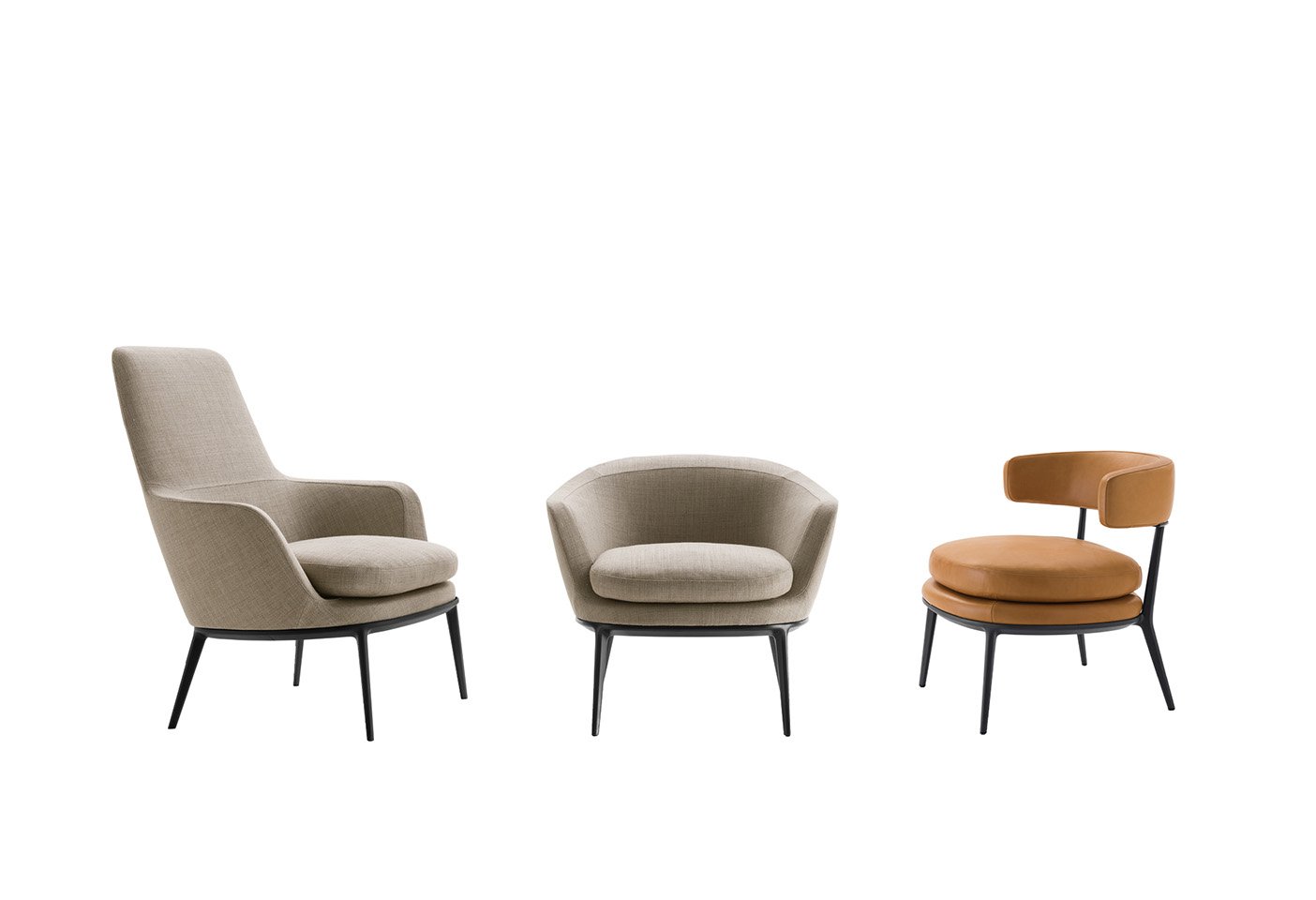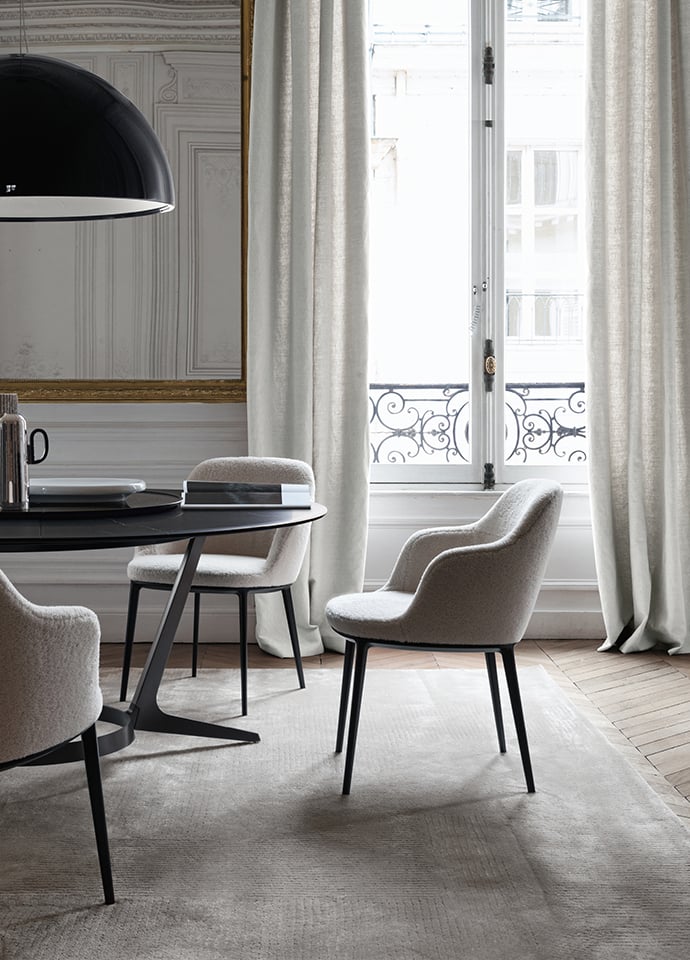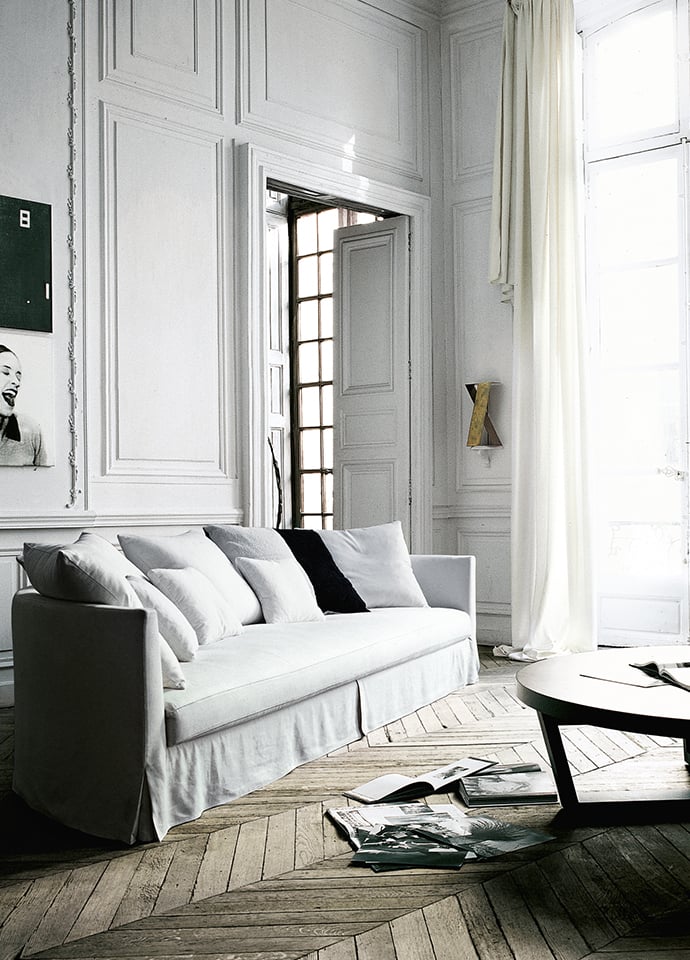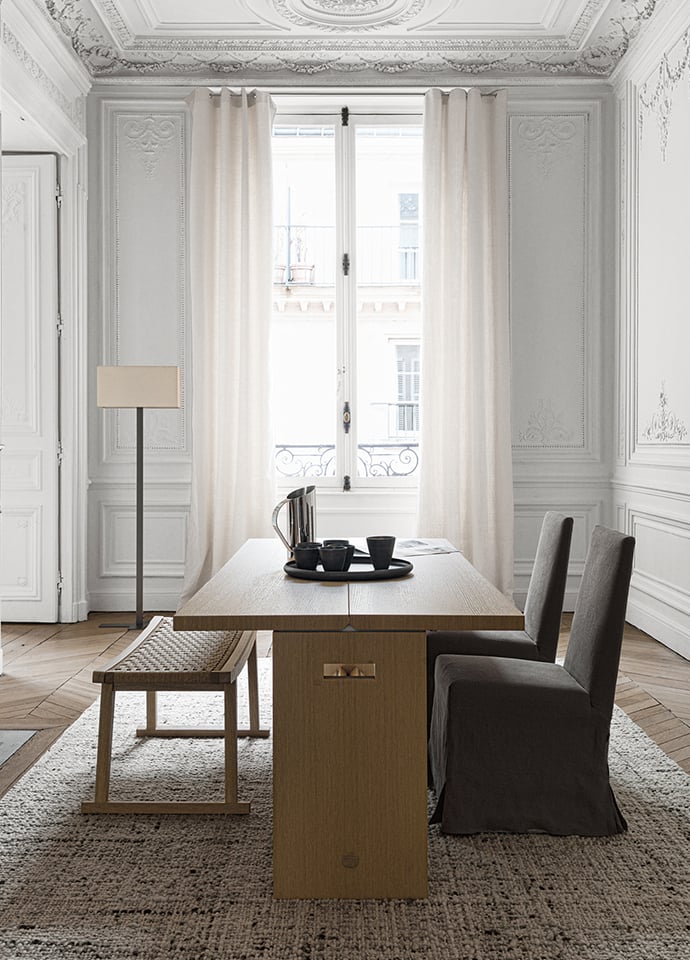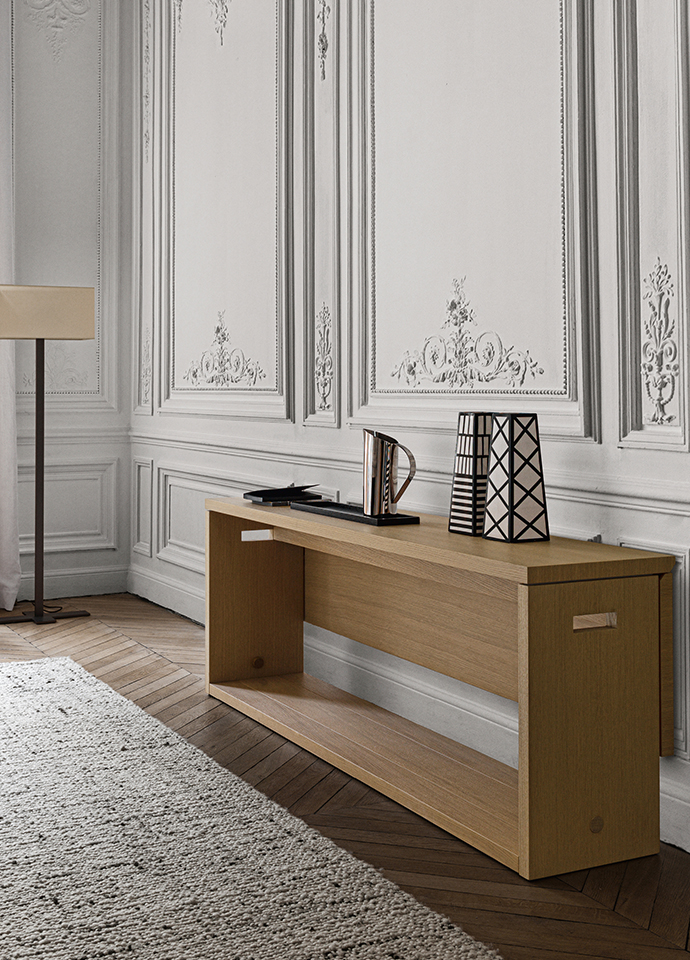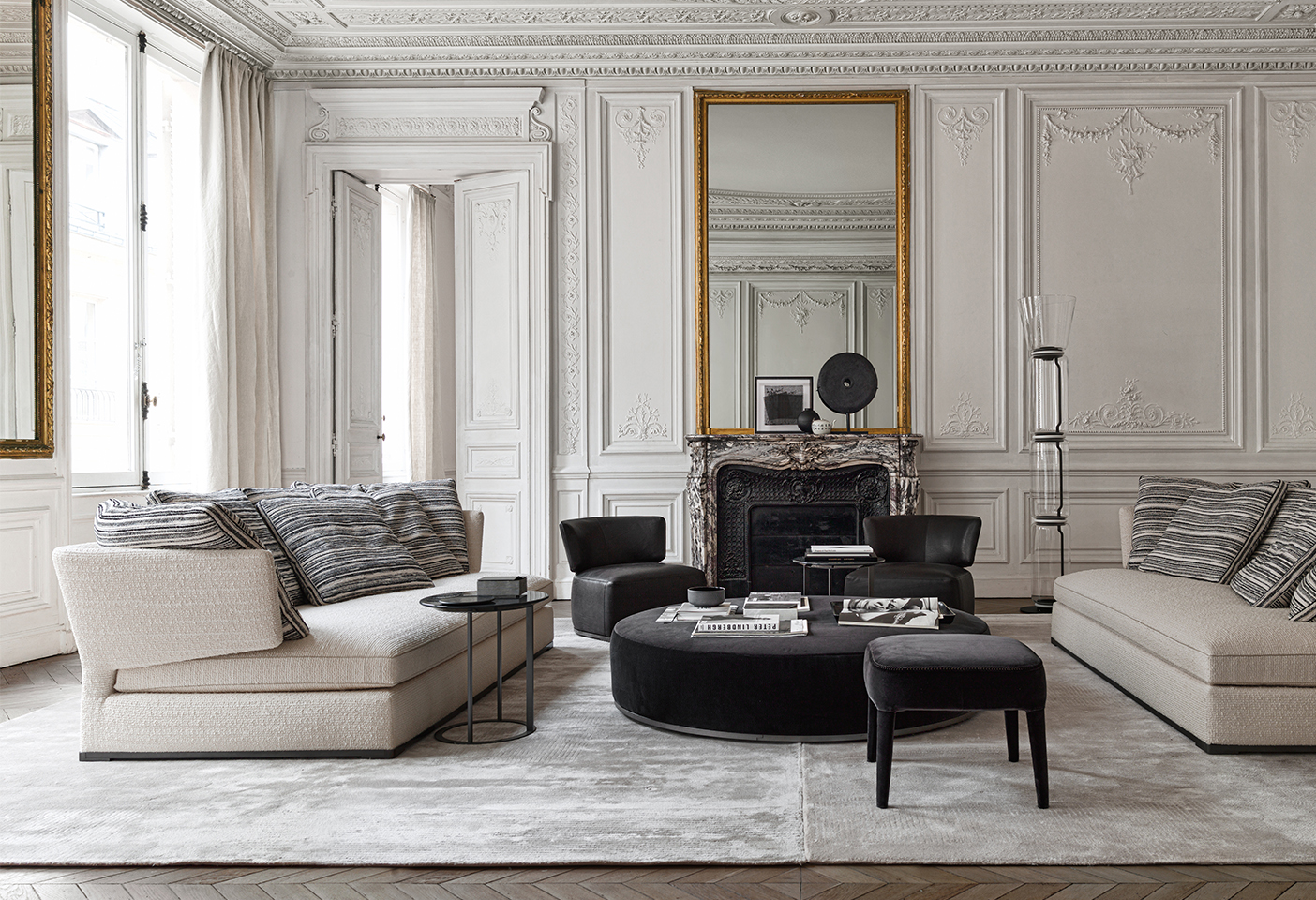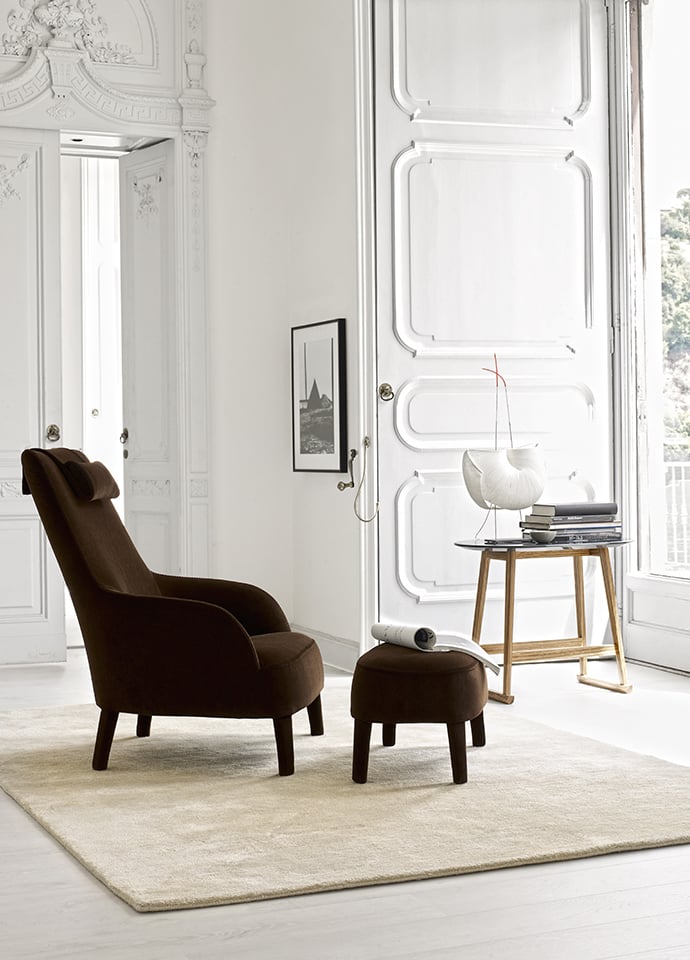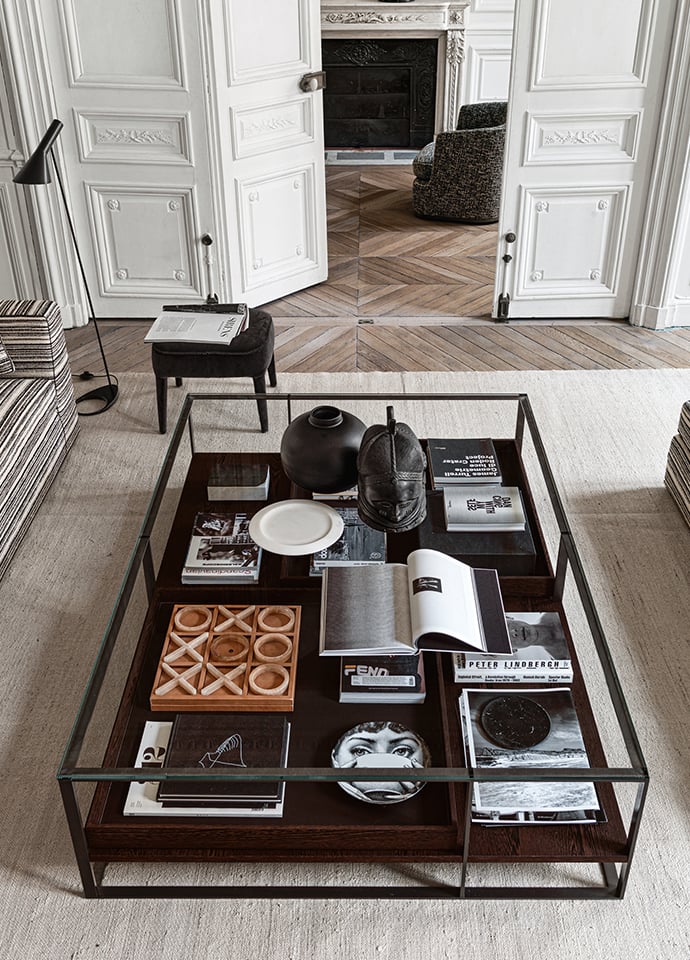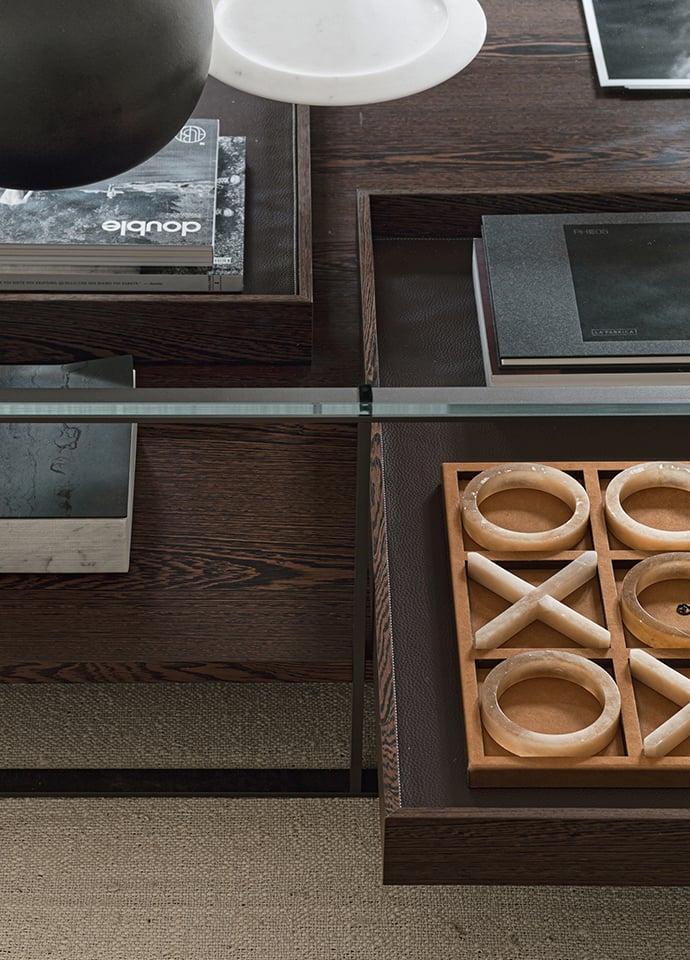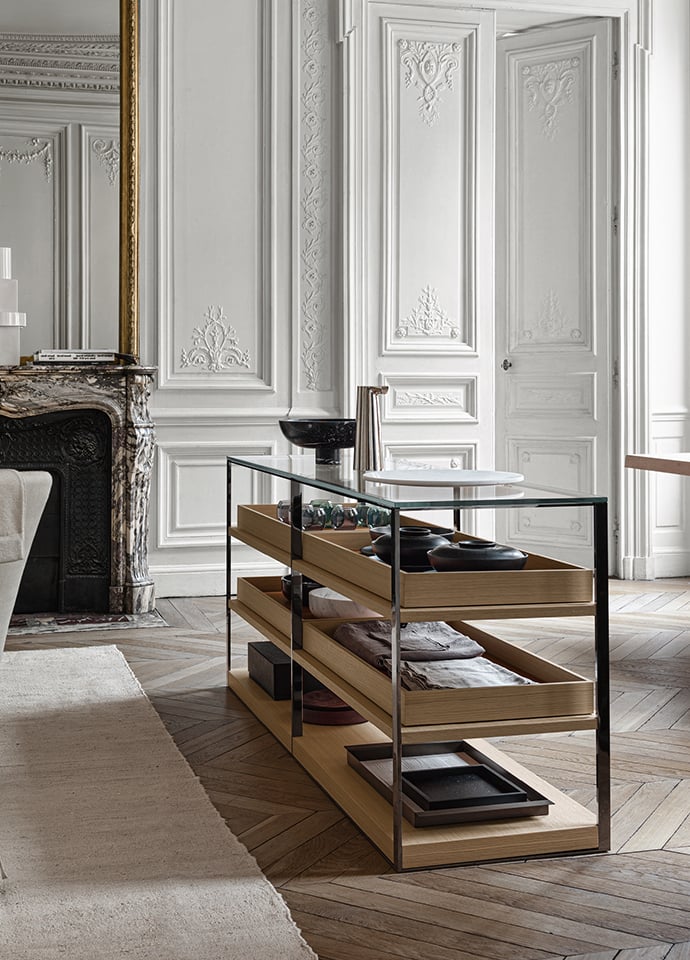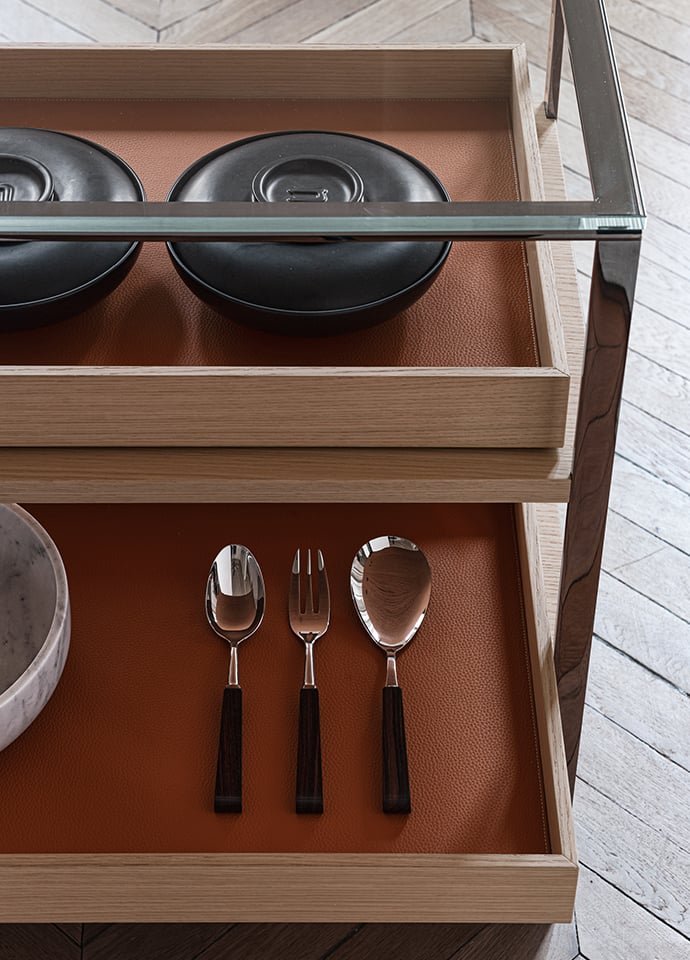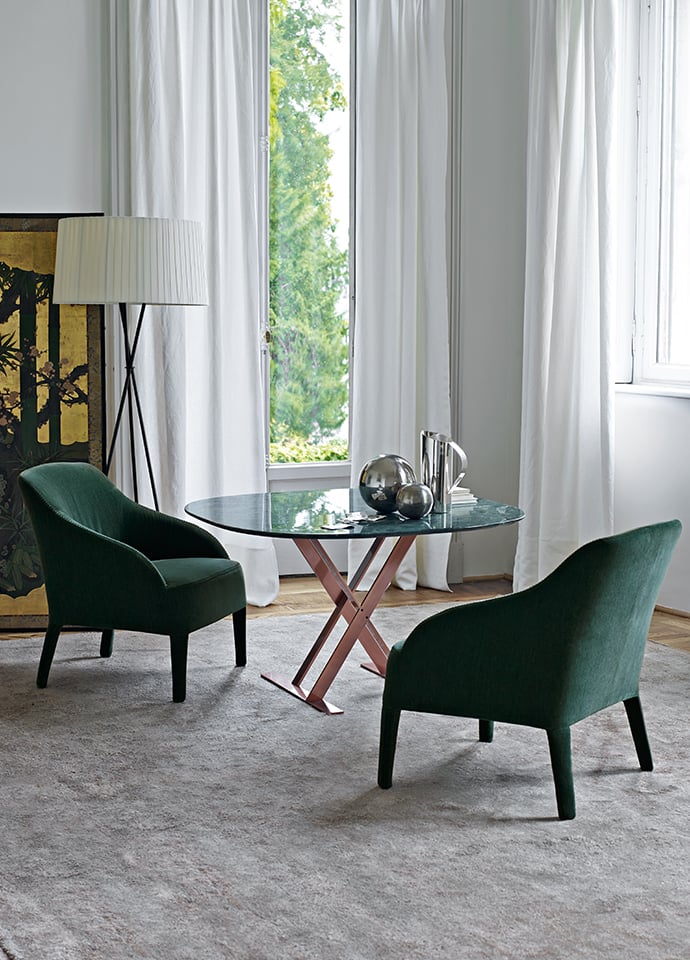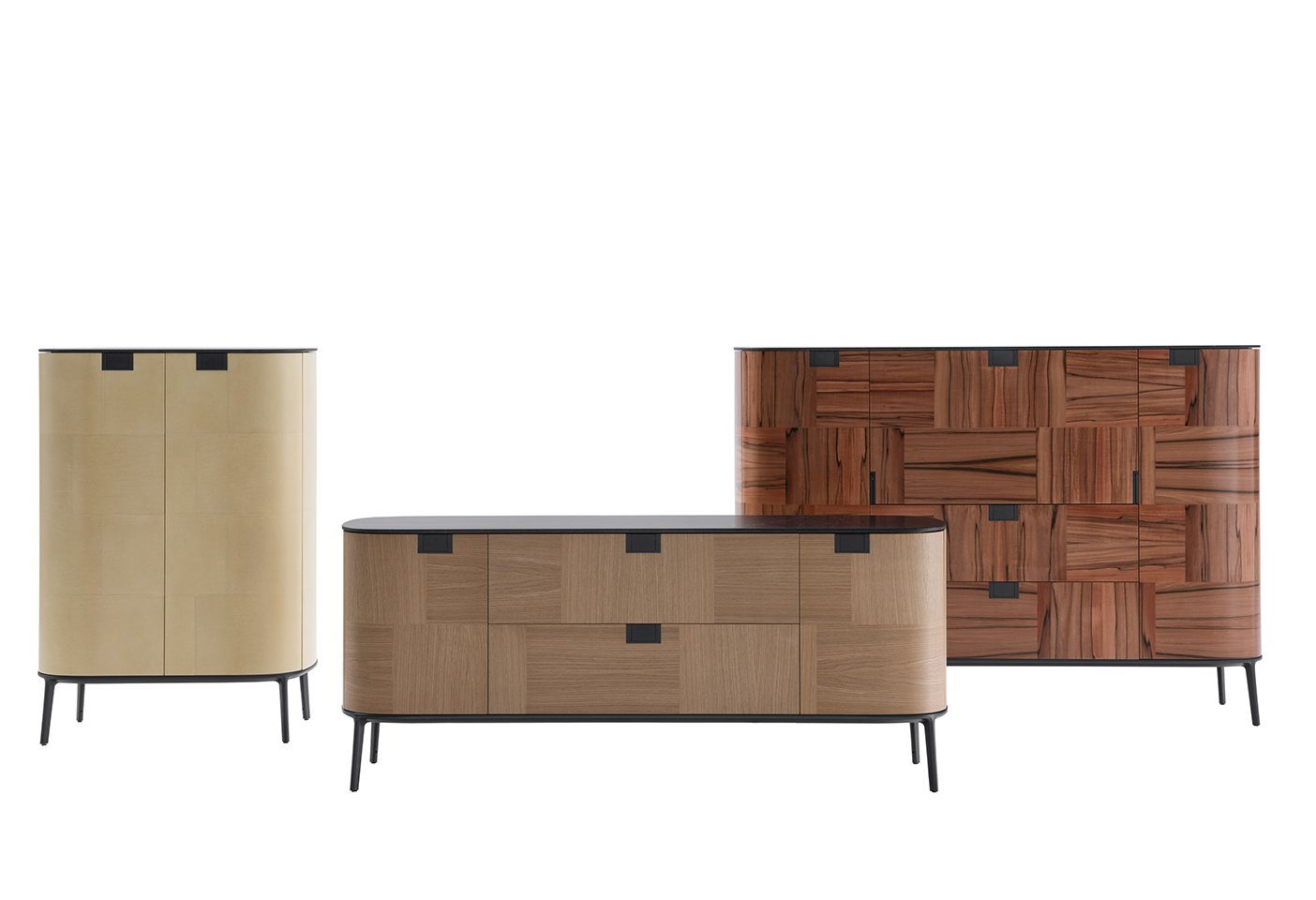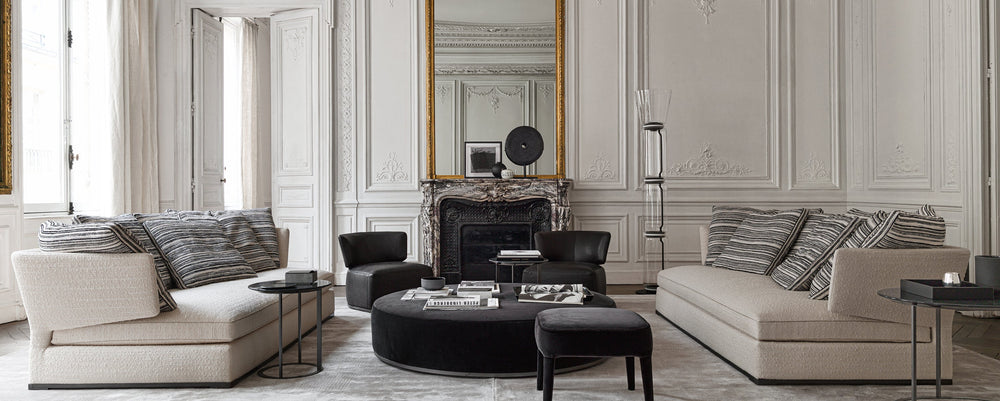
From the iconic objects designed by Afra and Tobia Scarpa who began designing for Maxalto in 1975, to Antonio Citterio’s revisitation of modernism, Maxalto has been shaping an evolution of artisan, high-end furniture for nearly five decades. Here, writer and designer Stefano Casciani explores the richly layered heritage of Maxalto for our Summer Reading series.
When architects Afra and Tobia Scarpa approached Piero Ambrogio Busnelli in 1975 with the idea of designing a new collection of luxury furniture, they had already been working successfully together for almost 10 years. The success of the items designed previously for C&B and then for B&B Italia stemmed from the collaborative interaction between the designers and the entrepreneur. Together, they designed products based on genuine industrialisation criteria, from the choice of materials to the creation of components that could be assembled by machines. However, the design culture that Tobia Scarpa inherited from his father Carlo remained part of his DNA, one in which 'artisan production' meant a passion for manual techniques, understood as quality that can only be attained by processing wood and other precious materials by hand and “piece by piece”.
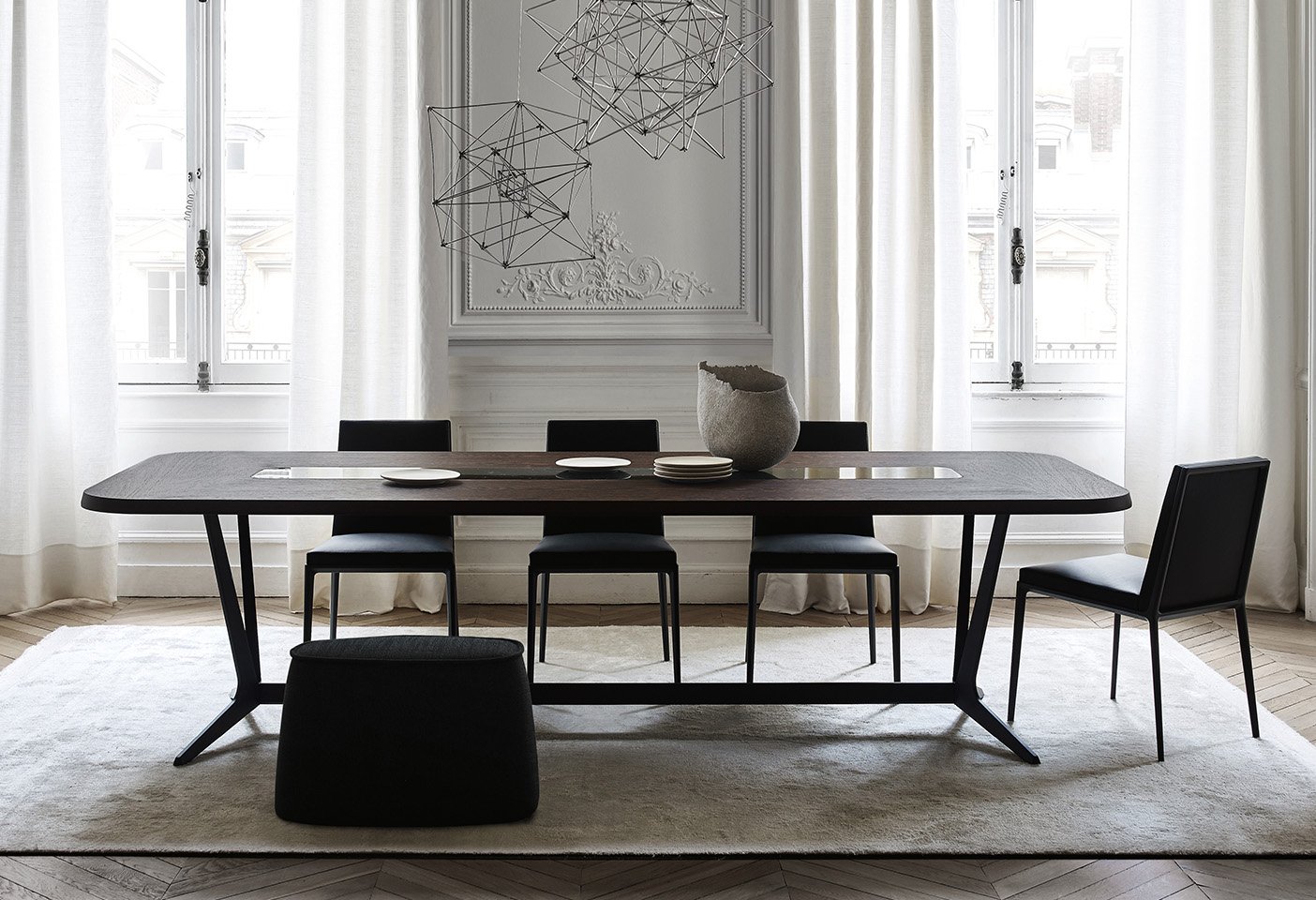
Astrum dining table with Caratos chairs designed by Antonio Citterio for Maxalto. Photo c/o Maxalto.
Giorgio Busnelli, always open to new innovations and markets, accepted the proposal. They subsequently envisaged a new company, which they called Maxalto, on Scarpa’s suggestion, a neologism taken from the Venetian 'Massa Alto', meaning 'the best', 'something of superlative quality'. From an entrepreneurial standpoint, the decision was against the mainstream that most companies were following, with artificial materials very popular.
Choosing to use a natural material was, instead, reminiscent of the Scandinavian idea of 'organic' design, revisited by Scarpa. The wood used to make Maxalto products is in fact a 'transformer' material that is processed to show its unexpected characteristics and formal qualities. The goal, which they achieved with several products – like the Africa chair (Artona collection) and the New Harmony collection – was to create iconic objects able to stir the imagination of an educated potential consumer and influence his choice of furnishings.
In 1993, Maxalto launched a new product strategy. Antonio Citterio, who had developed his own intense collaboration with Piero Ambrogio and Giorgio Busnelli for the design of B&B Italia products, revealing a significant talent for reinventing types of upholstered furniture, began contributing to the design of the new Maxalto collections.
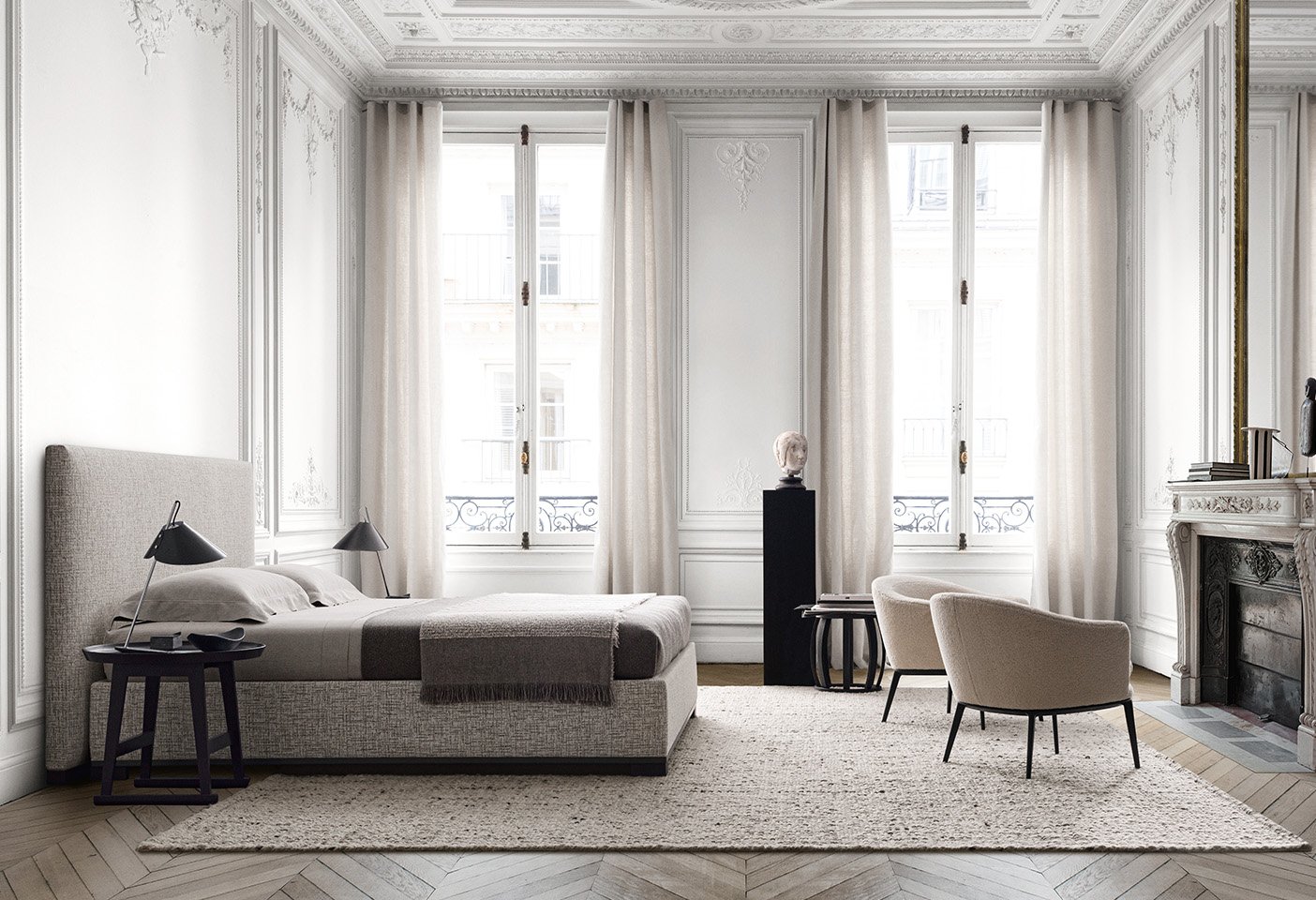
Maxalto Bauci bed with Ovidio headboard, Caratos armchairs, Sella bench (left) and Loto side table (right), all designed by Antonio Citterio. Photos c/o Maxalto.
'As the different collections evolved... the age that became the cultural reference point for the new Maxalto was more clearly defined: that happy but brief period of about twenty years that Europe enjoyed between the two World Wars. An age in which a certain mechanical aspect of modernist furniture (à la Le Corbusier or Breuer, for instance) was softened by the great Art Deco interior designers like Adnet, Mallet-Stevens and Jean Michel Frank.'
Stefano Casciani
For Antonio Citterio, it was initially a study of modern or 'middle-class' furniture as he would describe the first Modus collection (back in 1993): again, the use of wood was preferred for very defined and traditional pieces such as bookcases, chests of drawers, chairs and small armchairs. The quality lay in the details and high quality artisan craftsmanship but rather than the creation of iconic pieces it was more important to create an atmosphere in space exuding modern style. In other words, a style that does not forgo the geometric simplification of shapes but also accompanies it to create a very refined, almost imperceptible quality, revisiting – or inventing – strictly artisanal production techniques.
As the different collections evolved (Apta, 1996; Simplice, 2000; AC, 2002; Acro, 2010; Lux, 2012), the age that became the cultural reference point for the new Maxalto was more clearly defined: that happy but brief period of about twenty years that Europe enjoyed between the two World Wars. An age in which a certain mechanical aspect of modernist furniture (à la Le Corbusier or Breuer, for instance) was softened by the great Art Deco interior designers like Adnet, Mallet-Stevens and Jean Michel Frank. Citterio was particularly clever at this difficult task and succeeded in achieving, in later experiments, his goal of creating a series of pieces that could communicate amongst themselves in a common language of shapes and materials to make up the entire interior design of a home. The product range was also expanded with this intention to include sofas, armchairs and accessories, creating a catalogue rich in different shapes, materials and production techniques, with very elegant and detailed solutions.
'Citterio was particularly clever at this difficult task and succeeded in achieving, in later experiments, his goal of creating a series of pieces that could communicate amongst themselves in a common language of shapes and materials to make up the entire interior design of a home.'
Stefano Casciani
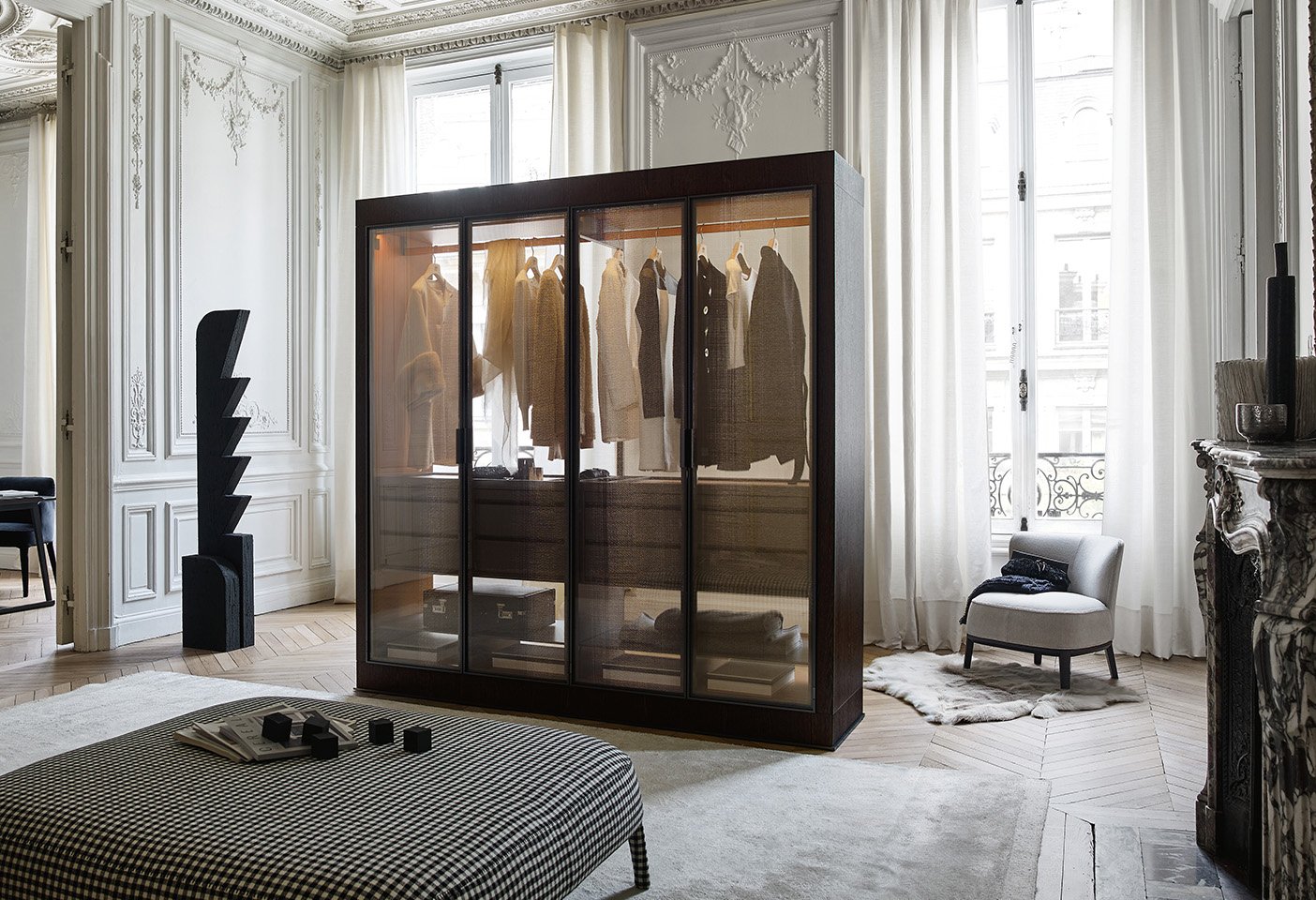
The Eracle wardrobe designed by Antonio Citterio for Maxalto. Photo c/o Maxalto.
As such Maxalto gradually established its unique identity on the market, which is completely separate from the design and production aims of B&B Italia. Though it uses the same Research and Development Centre and follows the same quality standards for materials and production processes, Maxalto has its own factory where it manages the processing of woods and other precious materials.
It has therefore also become a leading business in the contract and special projects market, highlighting its ability to create customised solutions that fit the special requirements of its clients: a form of personalisation that improves the user experience in contemporary places (offices, hotels, restaurants, airports), not always warm and welcoming, where it is reassuring to discover a 'domestic' level of comfort, even if only temporarily, provided by high quality furniture.
Forty years after it was founded, there is still no doubt that the intuition of Maxalto’s founder, Piero Ambrogio Busnelli, was right to envisage a new business, a strategy that has been further developed by his son Giorgio over the years. Alongside the inventive and experimental side of the industry, there is a large market segment with a large number of consumers who are attracted by the continuity of craft quality between the past and the present in which the emphasis however remains very much on modern design.
Maxalto is available exclusively from Space – Australia, and Space – Singapore and Kuala Lumpur.
